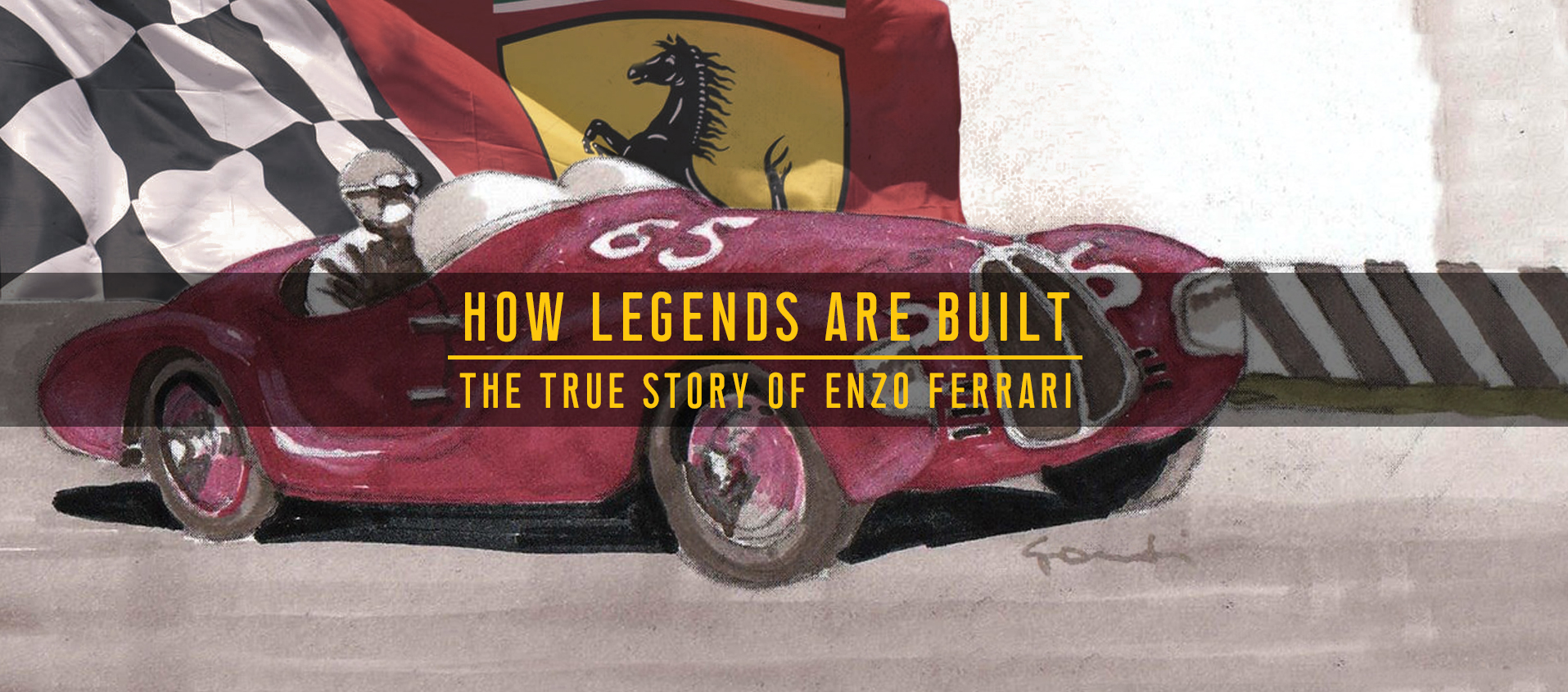Scuderie: a strategic role. Penske sets the standard
06 September 2023 2 min read 7 images

Photo credit: Penske Team, Porsche
Scuderie have played a pivotal role in the world of motorsport ever since Enzo Ferrari founded his Scuderia in 1929 to race Alfa Romeo cars. Roarington will now explore some of them, focusing on the most celebrated and influential ones, starting today with the American professional auto racing organization, Penske.

To grasp the significance of this particular racing team, one need only consider that Roger Penske established it way back in 1966, when he stopped competing as a driver, and started focusing his energy and talent on car trading and managing his own racing team. Even at the age of 86, Roger Penske remains actively involved in racing circuits, as his Scuderia currently oversees the official Porsche entries in the WEC World Championship, which includes prestigious events like the 24 Hours of Le Mans, as well as the American IMSA Championship. throughout his illustrious career, besides clinching victory in the Indianapolis 500 on 18 occasions, Penske also acquired the world's most famous racetrack and its rich historical legacy, effectively overseeing its operations.

Team Penske has had numerous experiences, spanning across the United States and Canada where it also participated in CanAm races, and in Europe, where it made a foray into Formula 1 in the mid-70s, even winning the Austrian Grand Prix with John Watson.

There is no better example than Team Penske to understand the role that racing teams have had over time: in the beginning, when professionalism was limited to a few celebrated drivers, the Scuderie ensured seamless organization and management of races for independent, self-financed drivers. Among their duties was the negotiation of terms with race organizers on behalf of the participating drivers.

With the arrival of sponsors and increased professionalism, this role gradually evolved: the racing teams began to self-finance and manage their own cars, increasingly seeking drivers capable of prevailing and winning. In this regard, Penske was a trailblazer, creating idols such as Mark Donohue, Rick Mears, and Hélio Castroneves, who asserted their dominance on the American Indy racing circuit.

Now robust and meticulously-organized entities, racing teams seamlessly transitioned into practical and efficient pillars of support for car manufacturers. Consider the case of Ecurie Ecosse, which contributed towards Jaguar's successes at Le Mans or Joest Racing, which managed Audi's dominance at the same 24 Hours.

This story continues today and finds its best example in the WEC (World Endurance Championship), where manufacturers rely on well-established racing teams for their presence. The case of Penske is but one among many. A functional partnership, unquestionably, but also a convenient shield: in victory, credit goes to the Manufacturer, while in defeat... that’s an entirely different matter!

CLASSIC CAR MATCHER



